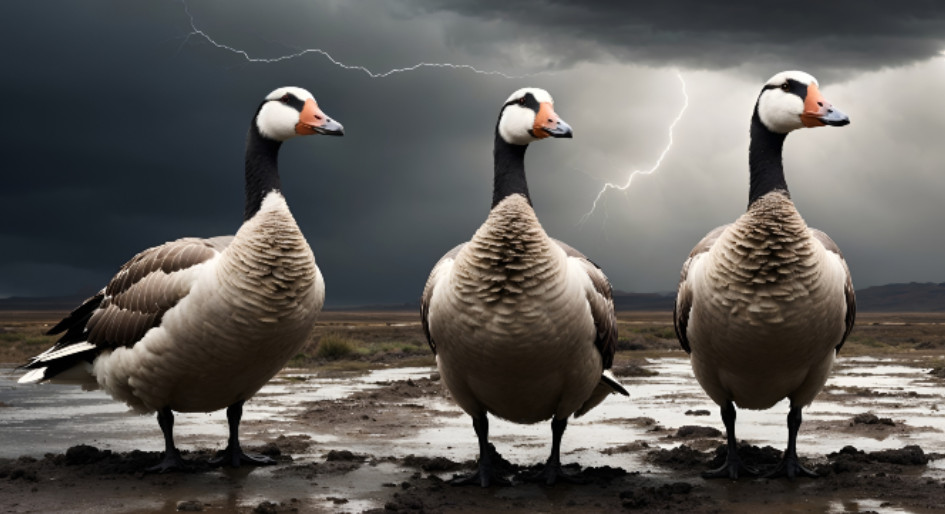Ponds could be prohibited in specified areas in the vicinity of the Vancouver International Airport under new rules for wildlife hazards on lands within Transport Canada’s regulatory jurisdiction. A package of proposed changes to the Vancouver International Airport zoning regulations — now posted for public feedback on the government of Canada’s website — would also introduce building height limitations in two areas where a future runway might be located, and disallow potential sources of communication interference with air traffic, such as radio stations, cellular and 5G towers.
The latest step in the consultation process is open until June 19, and follows after more focused consultation Transport Canada conducted with the municipalities of Vancouver, Burnaby, Richmond and Delta, potentially affected landowners and other stakeholders. The proposed new height restriction regulations are intended to preserve flexibility to accommodate a future new runway in one of two identified possible expansion zones.
Accompanying analysis notes that there are no plans to develop a runway in the near term, but it’s considered prudent to ensure that high-rise buildings that could obstruct future flight paths do not spring up in nearby municipalities where “rapid land development” is occurring. If the proposed regulation is adopted, existing buildings in the designated areas that are more than 45 metres in height would be grandfathered in as legal non-conforming uses. However, the analysis also notes there are relatively few of them.
The proposed prohibition on land uses that attract wildlife updates a 43-year-old current regulation, which more narrowly bans waste dumps or accumulations of edibles that birds favour. The rules also require the Vancouver Airport Authority to have wildlife mitigation controls in place, but the analysis notes that bird harborage just beyond the airport’s boundaries makes that task more difficult and increases risk. The proposed regulatory update would disallow most forms of standing open water in specified areas where the zoning regulations apply, but would permit open water storage reservoirs for a period of no more than 48 hours.
Transport Canada has promised to publish supplemental non-regulatory guidance on both land uses that are considered attractants to wildlife and mitigation measures to discourage birds. The analysis also acknowledges some pushback on the issue during the earlier consultations with affected municipalities.
“Municipalities were concerned that the restrictions would impact their ability to manage stormwater and make their cities less attractive and liveable by limiting the number of ponds and parks they could establish,” it states. “The restriction would not prevent the establishment of parks or the management of stormwater but would require a municipality to look at other methods of managing stormwater, such as underground storage or grass and reed covered ponds.”
Meanwhile, the regulations have not previously addressed land uses that could create communications interference. “Currently, these interferences are identified through NAV CANADA assessments when instrument landing systems and navigation aids are installed, and when interference incidents are reported,” the regulatory analysis states.




